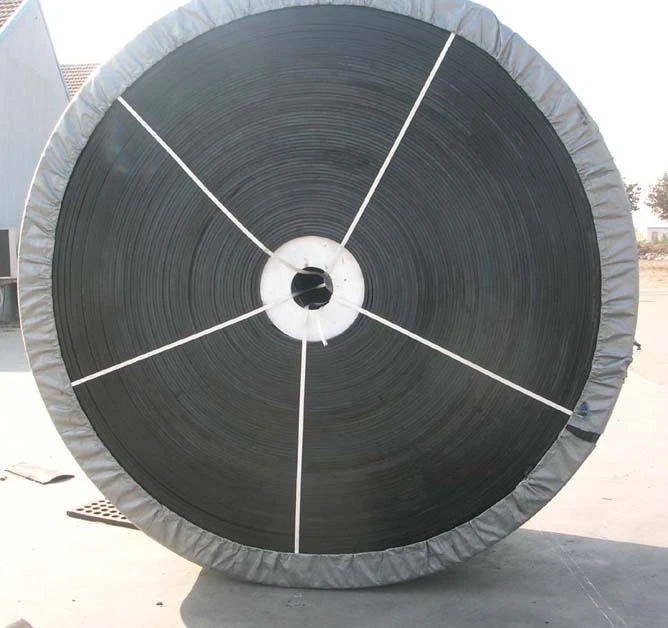 Afrikaans
Afrikaans  Albanian
Albanian  Amharic
Amharic  Arabic
Arabic  Armenian
Armenian  Azerbaijani
Azerbaijani  Basque
Basque  Belarusian
Belarusian  Bengali
Bengali  Bosnian
Bosnian  Bulgarian
Bulgarian  Catalan
Catalan  Cebuano
Cebuano  Corsican
Corsican  Croatian
Croatian  Czech
Czech  Danish
Danish  Dutch
Dutch  English
English  Esperanto
Esperanto  Estonian
Estonian  Finnish
Finnish  French
French  Frisian
Frisian  Galician
Galician  Georgian
Georgian  German
German  Greek
Greek  Gujarati
Gujarati  Haitian Creole
Haitian Creole  hausa
hausa  hawaiian
hawaiian  Hebrew
Hebrew  Hindi
Hindi  Miao
Miao  Hungarian
Hungarian  Icelandic
Icelandic  igbo
igbo  Indonesian
Indonesian  irish
irish  Italian
Italian  Japanese
Japanese  Javanese
Javanese  Kannada
Kannada  kazakh
kazakh  Khmer
Khmer  Rwandese
Rwandese  Korean
Korean  Kurdish
Kurdish  Kyrgyz
Kyrgyz  Lao
Lao  Latin
Latin  Latvian
Latvian  Lithuanian
Lithuanian  Luxembourgish
Luxembourgish  Macedonian
Macedonian  Malgashi
Malgashi  Malay
Malay  Malayalam
Malayalam  Maltese
Maltese  Maori
Maori  Marathi
Marathi  Mongolian
Mongolian  Myanmar
Myanmar  Nepali
Nepali  Norwegian
Norwegian  Norwegian
Norwegian  Occitan
Occitan  Pashto
Pashto  Persian
Persian  Polish
Polish  Portuguese
Portuguese  Punjabi
Punjabi  Romanian
Romanian  Russian
Russian  Samoan
Samoan  Scottish Gaelic
Scottish Gaelic  Serbian
Serbian  Sesotho
Sesotho  Shona
Shona  Sindhi
Sindhi  Sinhala
Sinhala  Slovak
Slovak  Slovenian
Slovenian  Somali
Somali  Spanish
Spanish  Sundanese
Sundanese  Swahili
Swahili  Swedish
Swedish  Tagalog
Tagalog  Tajik
Tajik  Tamil
Tamil  Tatar
Tatar  Telugu
Telugu  Thai
Thai  Turkish
Turkish  Turkmen
Turkmen  Ukrainian
Ukrainian  Urdu
Urdu  Uighur
Uighur  Uzbek
Uzbek  Vietnamese
Vietnamese  Welsh
Welsh  Bantu
Bantu  Yiddish
Yiddish  Yoruba
Yoruba  Zulu
Zulu take up pulley in belt conveyor
The Role of Take-Up Pulleys in Belt Conveyors
Belt conveyors are essential components in various industries, providing efficiency and ease of transport for bulk materials. One critical component of these systems that often goes unnoticed is the take-up pulley. This article explores the significance of take-up pulleys, their functionality, and the effect they have on the performance and longevity of belt conveyors.
Understanding Take-Up Pulleys
A take-up pulley is an integral part of a belt conveyor system, designed to maintain optimal tension in the conveyor belt. Its primary purpose is to adjust the length of the belt, accommodating for wear and tear, and ensuring the belt remains taut during operation. This is crucial because a properly tensioned belt allows for smooth operation and reduces the risk of slippage and damage. Without an effective take-up system, the belt could become too loose, leading to inefficiencies and potential breakdowns.
Types of Take-Up Systems
There are generally two types of take-up systems fixed take-up and adjustable take-up. A fixed take-up has a certain amount of belt length, and any belt elongation will not be easily accommodated. In contrast, an adjustable take-up allows for the extension or retraction of the belt length, which can be achieved through mechanical devices such as winches, screw mechanisms, or hydraulic systems. The choice between these two systems often depends on the specific requirements of the conveyor application and the materials being transported.
Importance of Belt Tension
take up pulley in belt conveyor

Maintaining appropriate belt tension is vital for several reasons. First, it ensures the efficiency of material handling. A belt that is too loose can slip and result in incomplete transport of materials, leading to increased downtime and labor costs for maintenance. Second, proper tension reduces the wear and tear on both the belt and the components of the conveyor system, extending their lifespan and reducing replacement costs. Moreover, excessive tension can cause undue stress on the bearing and motor components, leading to premature failure.
Impact on Performance
Take-up pulleys significantly influence the overall performance of a belt conveyor system. Properly maintained take-up systems allow for consistent belt movement, which is essential in applications involving the transport of materials over long distances. In operations where precision is necessary, such as in the manufacturing and processing industries, a reliable take-up pulley system ensures consistent material flow and minimizes disruptions.
Maintenance Considerations
Regular maintenance of take-up pulleys is essential to ensure their proper function. This includes checking for wear and tear, lubrication of moving parts, and ensuring that the tensioning mechanism operates smoothly. Operators should be vigilant about monitoring changes in the conveyor’s performance, as any signs of slippage or abnormal noise may indicate that adjustments are needed.
Conclusion
In conclusion, the take-up pulley plays a pivotal role in the efficient operation of belt conveyors. By sustaining the proper tension of the belt, it enhances material handling performance, prolongs equipment lifespan, and minimizes operational costs. Whether in a mining, agricultural, or manufacturing setting, understanding the value of take-up pulleys can lead to better maintenance practices and overall system reliability. As technology advances, innovations in take-up designs and mechanisms continue to improve conveyor efficiency, paving the way for even more effective material handling solutions in the industry.
-
Revolutionizing Conveyor Reliability with Advanced Rubber Lagging PulleysNewsJul.22,2025
-
Powering Precision and Durability with Expert Manufacturers of Conveyor ComponentsNewsJul.22,2025
-
Optimizing Conveyor Systems with Advanced Conveyor AccessoriesNewsJul.22,2025
-
Maximize Conveyor Efficiency with Quality Conveyor Idler PulleysNewsJul.22,2025
-
Future-Proof Your Conveyor System with High-Performance Polyurethane RollerNewsJul.22,2025
-
Driving Efficiency Forward with Quality Idlers and RollersNewsJul.22,2025





























